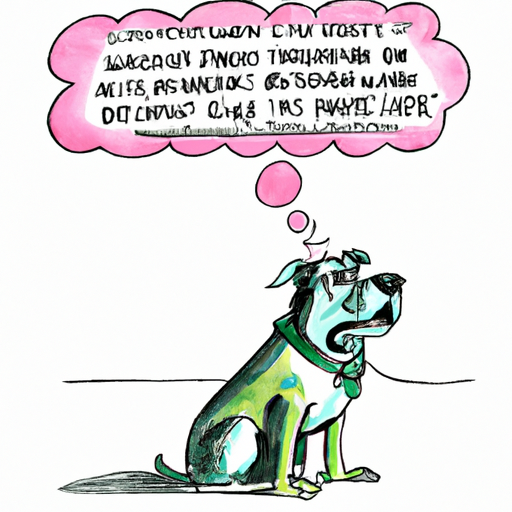Hello, devoted caregivers! Let’s dive right into an often overlooked, yet extremely important, topic in pet care – the dangers of gum consumption for dogs.
H2: The Hidden Danger in Your Purse or Pocket
You might not think twice about leaving a pack of gum in your purse or on the counter, but for your furry friend, this could be a life-threatening mistake. Most gums contain a sweetener called xylitol, which is highly toxic to dogs. Even a small amount can lead to a sudden drop in blood sugar, causing disorientation and seizures within 30 minutes of ingestion.
- Sudden loss of coordination
- Vomiting
- Seizures
H2: The Immediate Aftermath of Ingestion
Once your dog has ingested gum, the clock starts ticking. Within 30 minutes to an hour, symptoms of xylitol poisoning can start to show. Immediate veterinary attention is crucial for your pet’s survival. Here are the steps you should take:
- Contact your vet immediately.
- If your vet is unavailable, contact an emergency pet hospital.
- While medical assistance is on the way, keep your pet calm and comfortable.
H2: The Long-Term Effects of Xylitol Poisoning
While the immediate effects of xylitol poisoning are certainly alarming, the long-term impact on your pet’s health can be equally devastating. This includes potential liver damage, which could lead to a host of other health complications.
| Potential Long-Term Effects | Description |
|---|---|
| Liver dysfunction | The liver is responsible for many vital functions, including cleansing the body of toxins. Damage can lead to serious health complications. |
| Hypoglycemia | This is a persistent low blood sugar condition that can affect your dog’s energy levels and overall health. |
H2: Preventative Measures for Caregivers
The best way to ensure your dog never falls victim to xylitol poisoning is to keep any products containing xylitol out of their reach. Here are a few preventative steps you can take:
- Store gum and other xylitol-containing products in high cabinets or locked drawers.
- Never give your dog human food without checking the ingredients for xylitol first.
- Educate your family and friends about the dangers of xylitol poisoning.
H2: Frequently Asked Questions (FAQs)
Q: Can any amount of gum be safe for my dog to eat?
A: No, it’s always best to avoid letting your dog consume gum. Even brands that don’t contain xylitol can still pose a choking risk or lead to digestive blockages.
Q: What other products contain xylitol?
A: Xylitol is found in many products, including certain brands of peanut butter, toothpaste, and baked goods.
Q: How can I tell if a product contains xylitol?
A: Always read the ingredient list on any product you plan to give your dog. If you see xylitol listed, keep it out of your pet’s reach.
Remember, as caregivers, it’s our responsibility to provide the safest environment for our pets. By staying informed and taking preventative measures, we can help our furry friends live long, happy, and healthy lives.



